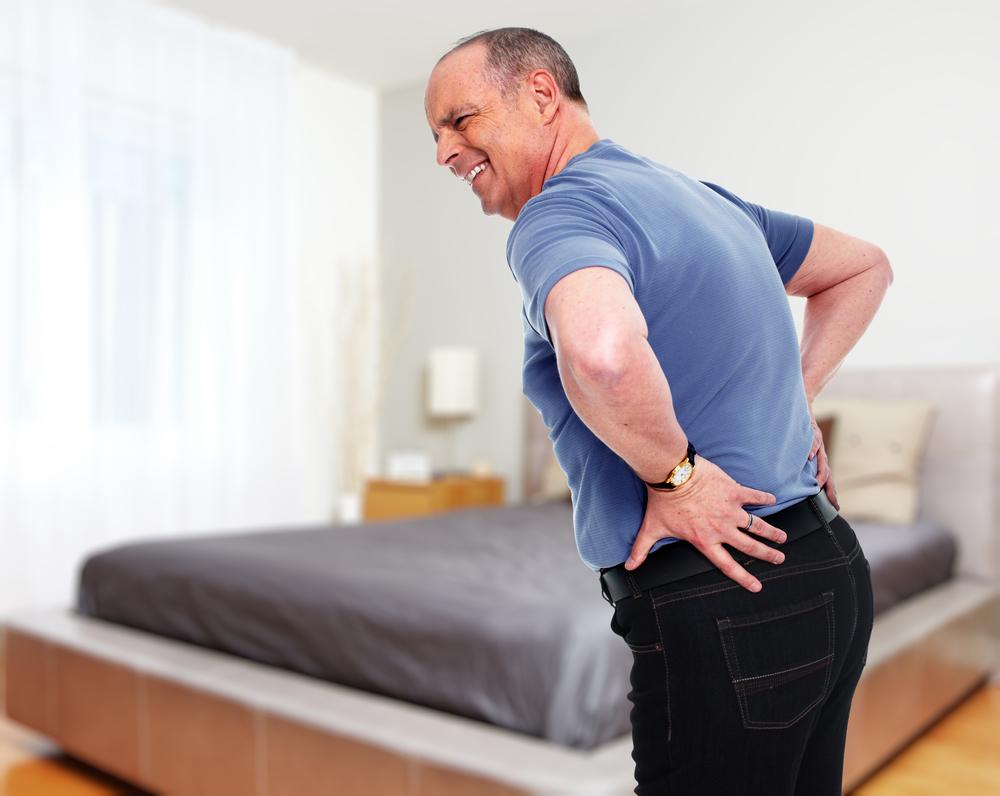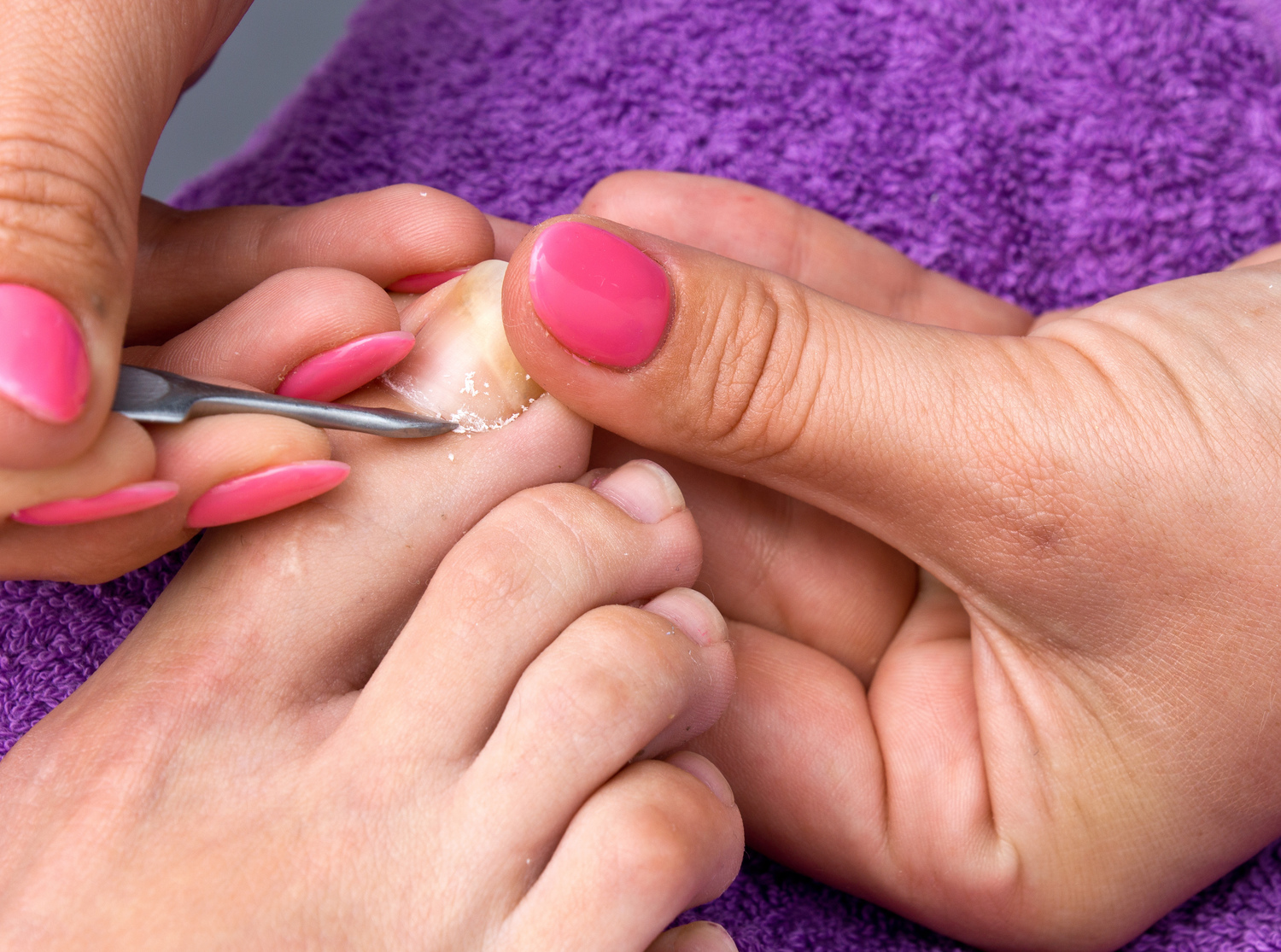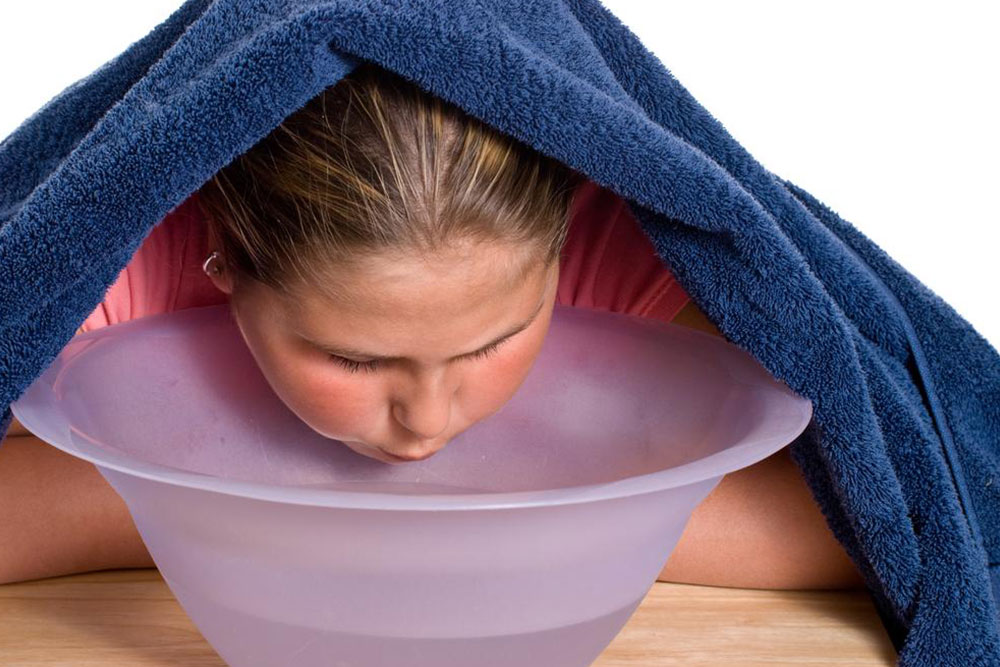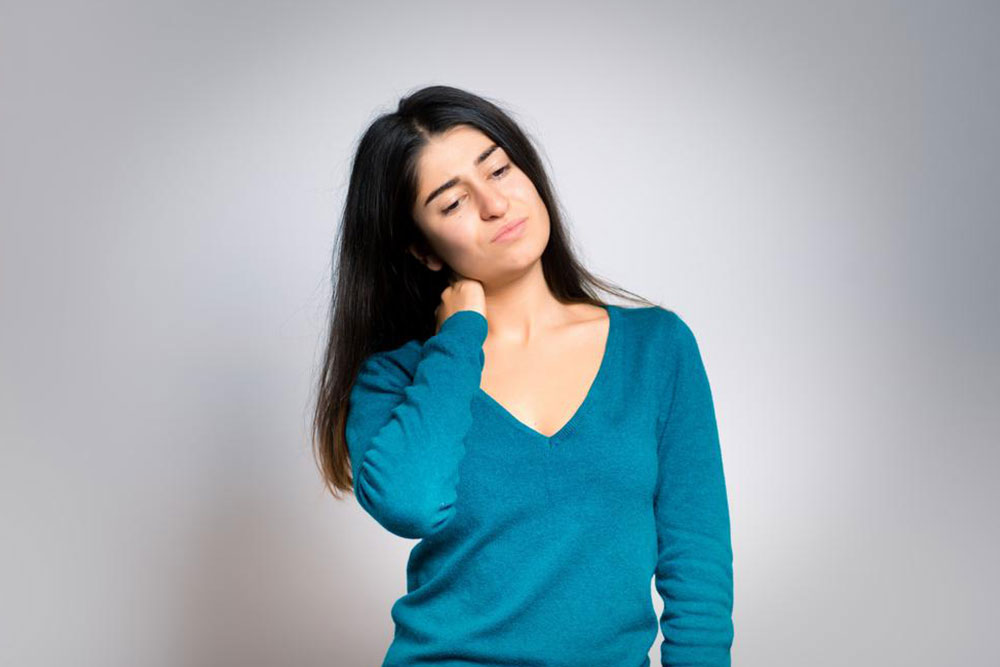Comprehensive Home Care Tips for Ear Infection Relief
Learn comprehensive home strategies for managing ear infections effectively. This guide covers medication use, natural remedies, positioning tips, and when to seek medical advice, helping you safely alleviate symptoms and promote healing at home.

Comprehensive Home Care Tips for Ear Infection Relief
Ear infections are common ailments that can cause significant discomfort and inconvenience. While some cases may require medical intervention, many ear infections can be effectively managed at home with proper care and natural remedies. It's important to understand that not every ear infection necessitates antibiotics; often, they are caused by viruses and resolve on their own. Physicians usually recommend focusing on pain relief and symptom management to prevent unnecessary antibiotic use and combat antibiotic resistance.
For those experiencing ear infections, over-the-counter pain medications such as acetaminophen (paracetamol) and nonsteroidal anti-inflammatory drugs like ibuprofen are frontline options. These medications are generally safe to use in conjunction with other supportive treatments and help reduce pain, swelling, and fever associated with ear infections. When administering these remedies, careful attention should be paid to dosage instructions to ensure safety, especially in children.
In addition to medications, the application of heat or cold packs can significantly alleviate ear pain. A warm cloth or a heating pad gently applied to the affected ear can relax muscles and promote blood flow, easing discomfort. Conversely, a cold pack or ice wrapped in a towel can help reduce inflammation and numb the area. Switching between warm and cold compresses every ten minutes can provide optimal relief. These simple techniques are safe and cost-effective ways to manage symptoms at home.
Natural remedies have gained popularity among those seeking alternative relief methods. Herbal ear drops infused with ingredients like garlic or olive oil have been traditionally used to soothe symptoms, though scientific evidence varies. When considering natural treatments, it's crucial to ensure that the eardrum is not perforated, and always consult a healthcare provider before use. Olive oil alone can sometimes help lubricate the ear canal and provide mild relief, but should be used cautiously.
Chiropractic care and specific positional strategies can also support recovery from ear infections. Elevating the head during sleep by using extra pillows encourages drainage from the ear and prevents fluid buildup. Sleeping on the unaffected side allows gravity to assist in draining the infected ear. Proper sleep positioning is vital in reducing pressure and promoting faster healing.
Furthermore, gentle neck exercises may help relieve pressure in the ear canal and improve lymphatic drainage, potentially reducing congestion and discomfort. These exercises should be performed under guidance to prevent strain or injury. Maintaining good overall health, staying well-hydrated, and avoiding irritants like smoke or pollution are also essential components of managing ear infections at home.
Although home care can be effective, it's crucial to recognize when to seek medical intervention. Persistent pain, fever exceeding 102°F (39°C), hearing loss, or drainage of pus from the ear warrants prompt consultation with a healthcare professional. Children, especially those under six, should always be evaluated by a doctor if symptoms occur, as young children are more vulnerable to complications.
In summary, managing ear infections at home involves a combination of pain relief, natural remedies, positional strategies, and supportive care. While these tips can help alleviate symptoms and foster recovery, professional medical advice remains essential for serious or persistent cases. Adopting these comprehensive home strategies can lead to effective and safe management of ear infections, reducing the need for antibiotics and supporting overall ear health.





